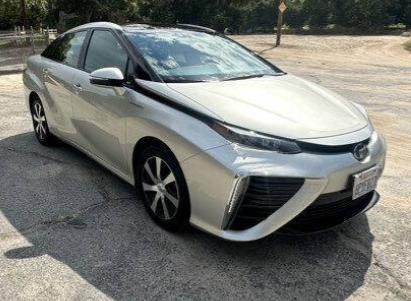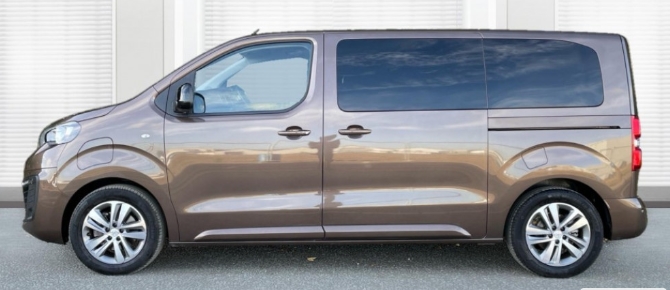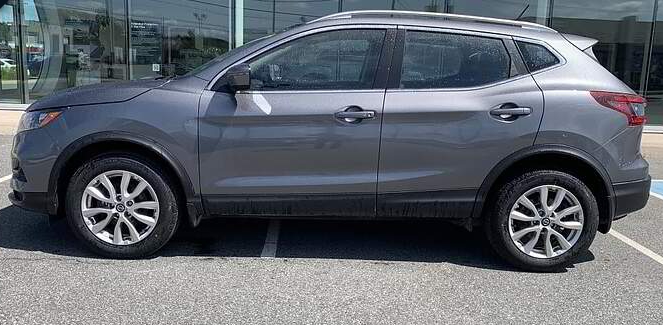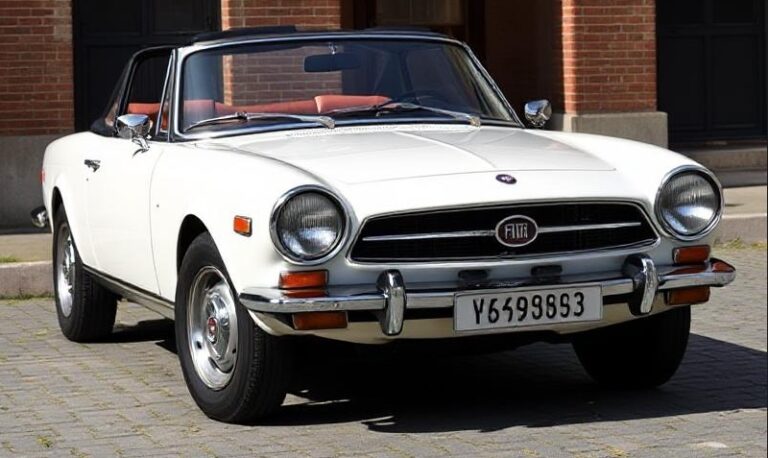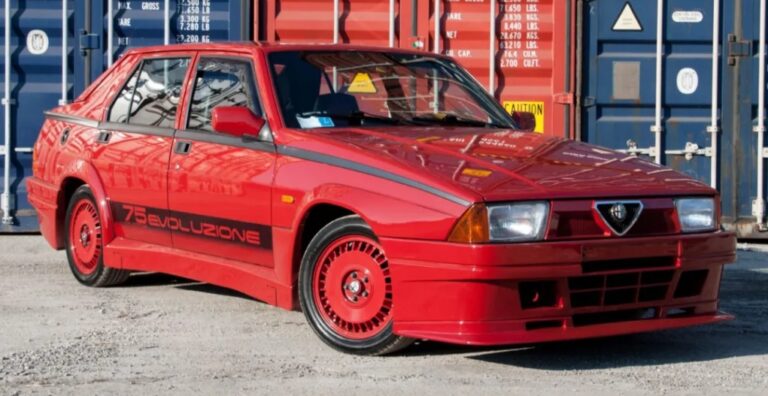The Evolution of the Toyota Mirai
The Toyota Mirai represents a significant milestone in the evolution of environmentally friendly vehicles, being one of the pioneering mass-produced hydrogen fuel cell cars. Since its debut, the Mirai has undergone substantial development, reflecting advancements in fuel cell technology, shifts in design philosophy, and changing market demands. This article provides a detailed account of the Toyota Mirai’s evolution, including its production years, models, and trim levels across generations.
Introduction to the Toyota Mirai
Launched in 2014, the Toyota Mirai (meaning “future” in Japanese) was introduced as a hydrogen fuel cell vehicle (FCV) designed to deliver zero-emission driving with the convenience and range comparable to traditional gasoline cars. Its development was driven by Toyota’s commitment to sustainable mobility and the pursuit of alternative energy sources.
First Generation (2014–2020)
Launch and Development
The first-generation Toyota Mirai was officially unveiled in 2014 and began production in late 2014, with sales commencing primarily in Japan and select markets in North America and Europe in 2015. It was built on a dedicated platform designed specifically for hydrogen fuel cell technology, setting it apart from conventional internal combustion engine vehicles.
Model Years and Production
- Production Years: 2014–2020
- Global Launch: 2015 (initially in Japan and California)
Design and Engineering
The first-generation Mirai featured a sleek, aerodynamic sedan design with a focus on practicality and comfort. The fuel cell stack was placed beneath the hood, with hydrogen tanks stored in the rear to optimize weight distribution. It boasted a range of approximately 300 miles (480 km) on a full tank, which was competitive at the time.
Trim Levels and Features
Initially, the 2015 model was offered in a single, well-equipped trim, often referred to as the Standard or Base model. As the model matured, Toyota introduced additional features and packages, but the Mirai remained relatively straightforward in terms of trim differentiation.
- 2015 Model:
- Trim Level: Standard
- Key Features: Leather upholstery, advanced driver-assistance systems (such as adaptive cruise control, lane departure alert), touchscreen infotainment with navigation, and premium audio.
- 2016–2020 Updates:
- Slight refinements in interior materials and technology.
- Introduction of optional packages such as the Luxury Package (offering upgraded interior trim, premium audio, and additional safety features).
- Limited special editions in certain markets (e.g., California-only models with unique badging).
Notable Features and Technological Advances
Throughout its first generation, the Mirai saw incremental improvements:
- Battery and Fuel Cell Enhancements: Slight increases in efficiency.
- Charging and Refueling: Faster hydrogen refueling times (~5 minutes).
- Safety: Integration of Toyota Safety Sense packages in later years.
End of the First Generation
The first-generation Mirai was discontinued in 2020, making way for a fully redesigned second-generation model. Its legacy as a pioneering hydrogen vehicle laid the groundwork for future developments in fuel cell technology.
Second Generation (2020–Present)
Introduction and Overview
The second-generation Toyota Mirai was unveiled in September 2020, with production commencing shortly thereafter. This new model represents a significant leap forward in design, technology, and performance, aligning with Toyota’s broader vision for hydrogen fuel cell mobility.
Design and Platform
Built on the all-new Toyota New Global Architecture (TNGA) platform, the second-generation Mirai sports a more modern, dynamic design reminiscent of contemporary Toyota sedans like the Avalon. The exterior features a bold grille, sharp headlamps, and aerodynamic lines that improve efficiency.
Model Years and Production
- Production Years: 2020–present
- Market Launch: 2020 (model year 2021)
Powertrain and Performance
The second-generation Mirai features an upgraded fuel cell system delivering approximately 182 horsepower, a notable increase over the first generation. The hydrogen tanks are now more compact and can store about 5 kg of hydrogen, enabling a range of approximately 400 miles (640 km), depending on conditions.
Refueling times remain rapid, around 3–5 minutes, similar to gasoline refueling. The vehicle offers rear-wheel drive, enhancing driving dynamics.
Trim Levels and Variants in the Second Generation
Unlike the first generation, which offered limited trim differentiation, the second-generation Mirai has expanded its lineup to include various trims and models to cater to different customer preferences.
2021 Model Year (Launch Year)
- Toyota Mirai XLE
- The base model, offering a comprehensive suite of features.
- Standard safety systems (Toyota Safety Sense 2.5+), premium interior materials, 12.3-inch touchscreen infotainment system, leather upholstery, heated seats, and adaptive cruise control.
- Focused on luxury and comfort, targeting customers seeking a premium experience.
- Toyota Mirai Limited
- The top-tier trim with additional luxury features.
- 19-inch alloy wheels, premium audio system, ventilated front seats, sunroof, parking assist, and a head-up display.
- Focused on delivering a more upscale experience.
2022 and Later Model Years
Toyota expanded the Mirai lineup with the addition of special editions and packages:
- Mirai XLE Premium (introduced in select markets)
- Adds features like premium leather, advanced multimedia options, and aesthetic enhancements.
- Technology Packages
- Available on both trims, including enhanced driver-assistance features and upgraded multimedia systems.
Technological Advancements and Features
The second-generation Mirai emphasizes technological innovation:
- Enhanced Fuel Cell System: More efficient and durable, with improved power output.
- Hydrogen Storage: More compact tanks that do not compromise range.
- Infotainment and Connectivity: Larger screens, smartphone integration, and over-the-air updates.
- Safety: Advanced driver-assistance systems, including lane-keeping assist, pre-collision systems, and blind-spot monitoring.
- Comfort and Convenience: Power-adjustable seats, climate control, and premium materials.
Market Variations and Availability
Initially, the Mirai was primarily available in Japan, the United States (notably California), and parts of Europe. As hydrogen refueling infrastructure expands, Toyota plans to increase availability. The second-generation Mirai has seen broader market penetration, including Australia and parts of Asia.
.
RepairSurge Online Repair Manuals Replace Bulky Books With Reliable Digital Information!
Faster And Cheaper Than Traditional Printed Manuals, Users Get Instant Access To The Repair Information They Need For Any Car, Truck, Van or SUV:
.
Future Directions and Innovations
Toyota’s vision for the Mirai involves continued refinement of fuel cell technology, with plans for:
- Next-Generation Fuel Cells: Improving efficiency, cost, and durability.
- Integration with Hybrid Systems: Exploring hybrid variants combining fuel cells with batteries.
- Commercial and Fleet Use: Expanding hydrogen vehicle adoption for logistics and public transportation.
Summary
The Toyota Mirai has evolved from a pioneering concept vehicle into a refined, technologically advanced sedan that exemplifies hydrogen fuel cell technology’s potential. Its first generation (2014–2020) laid the foundation with a focus on establishing hydrogen FCVs in the market, offering a single trim with incremental updates. The second generation (2020–present) has marked a significant leap forward, featuring modern design, expanded trims, and enhanced technology, all aimed at making hydrogen-powered vehicles more accessible and appealing.
As the automotive industry moves toward sustainable mobility solutions, the Mirai remains at the forefront of hydrogen fuel cell vehicle development, embodying Toyota’s commitment to innovation and environmental responsibility.
